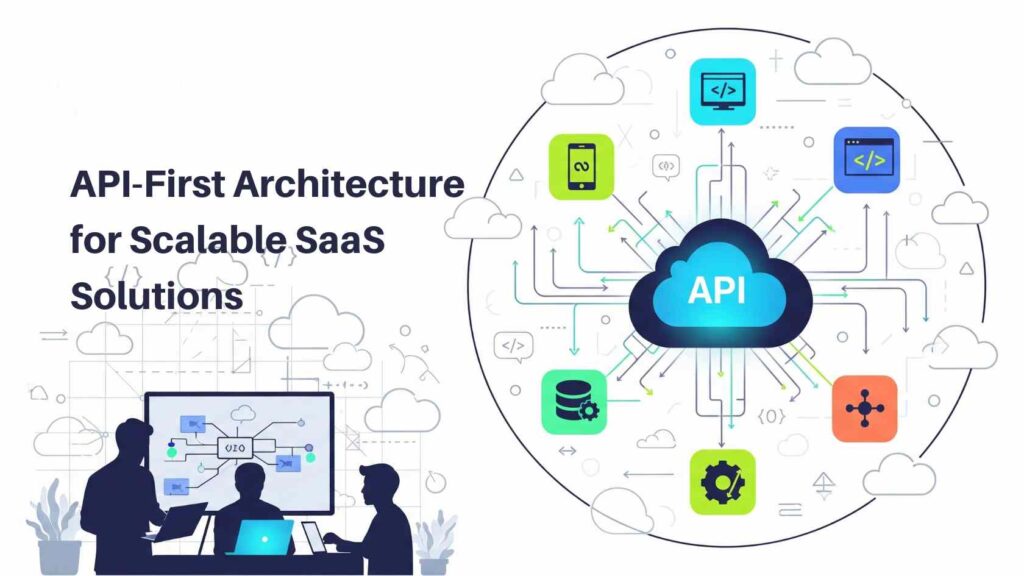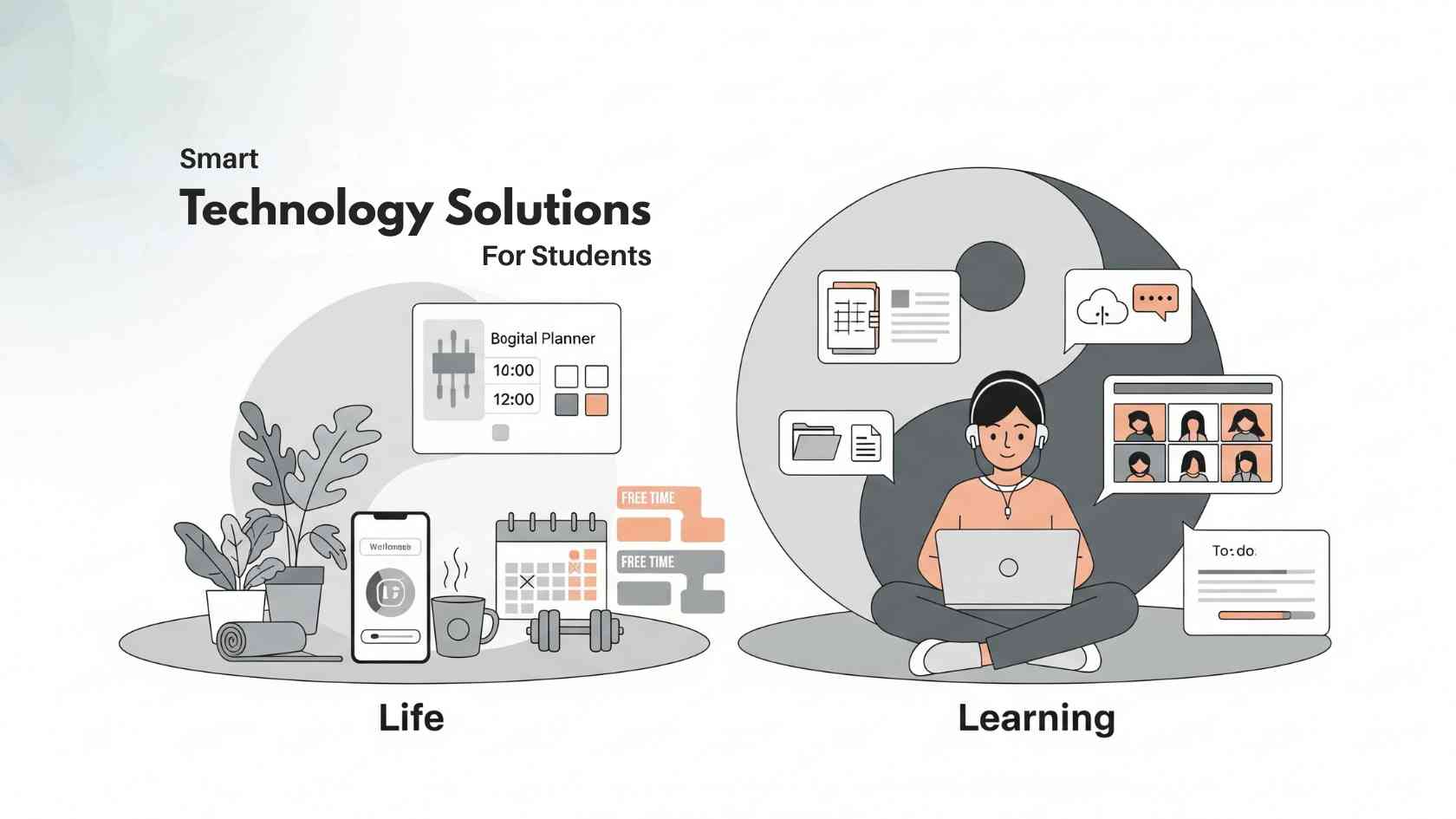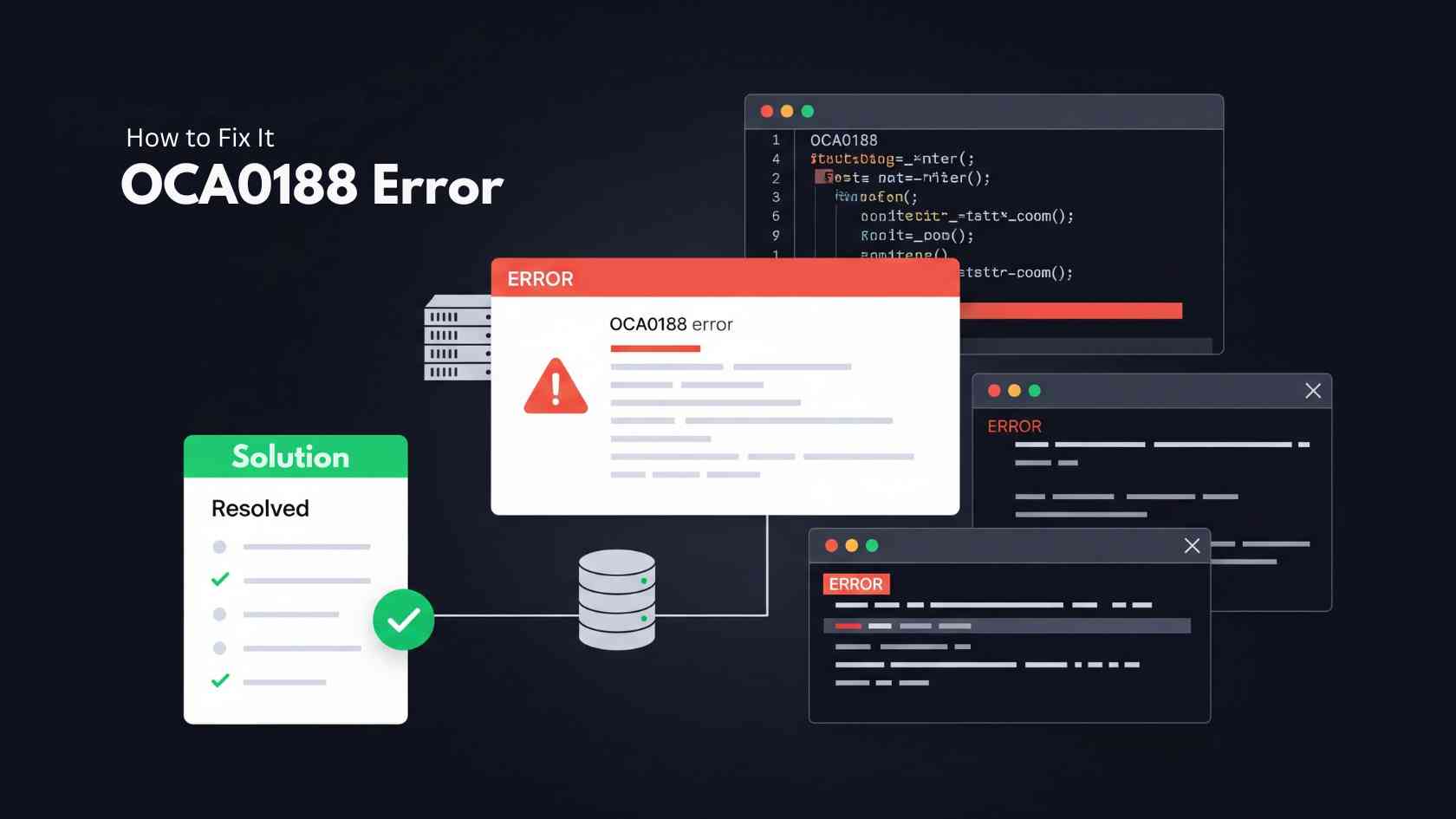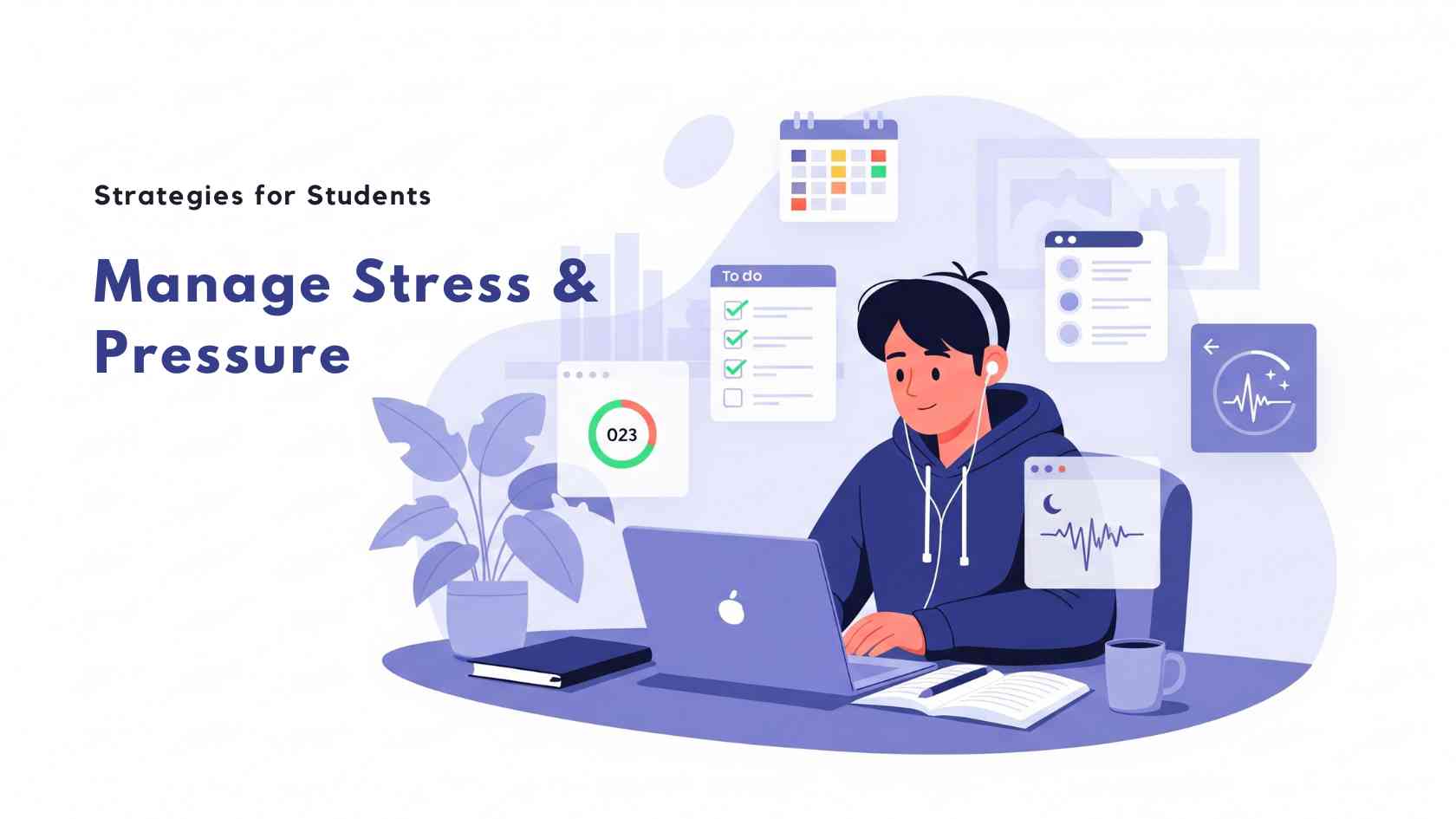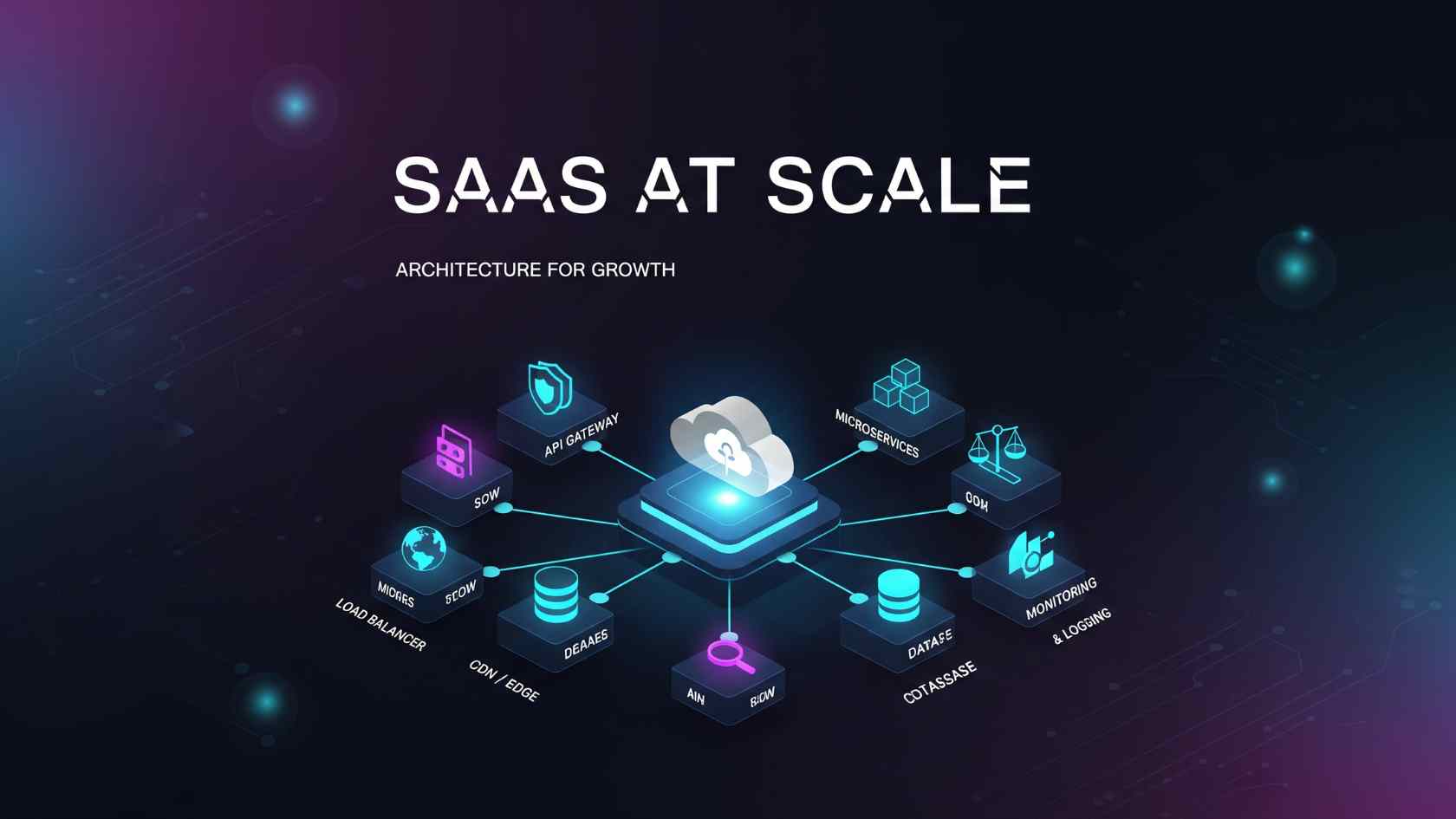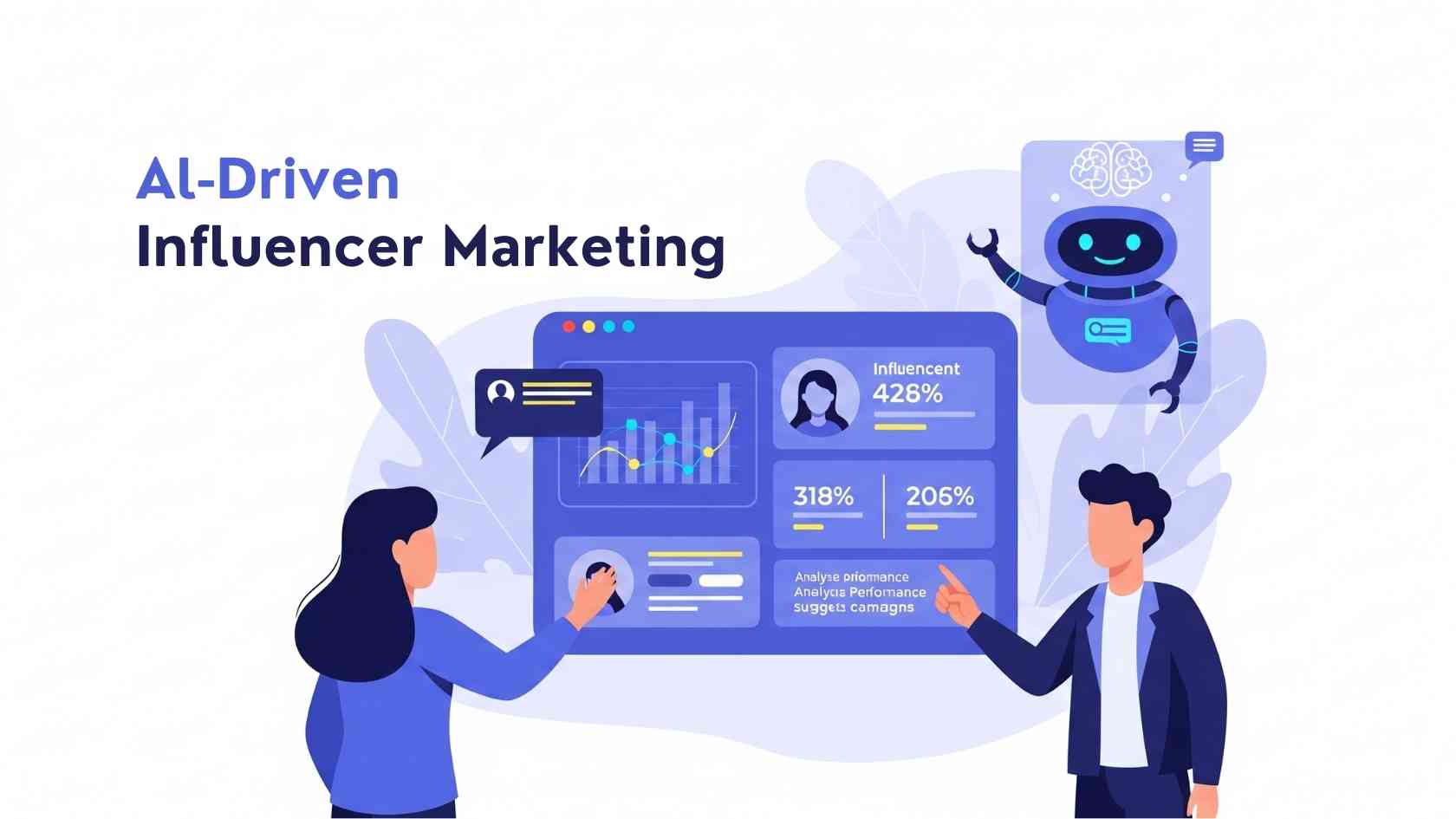The SaaS industry operates at a fast pace. Customers require products that unite perfectly and expand smoothly while maintaining uniform performance across all platforms. The requirements of modern customers lead traditional monolithic software systems to fail in their operations. Modern SaaS solutions now use API-first architecture as their fundamental design structure.
API-first design enables teams to create scalable products with flexible integration capabilities when establishing APIs as their initial development priority. Implementing API-first design gives growing SaaS businesses a competitive edge beyond technical requirements.
What Is API-First Architecture?
API-first development sets APIs as a fundamental piece of your system instead of treating them as secondary. The development process begins with API design rather than following a product-first approach, which adds API functionality later. The system maintains its modular structure and future readiness because these interfaces establish communication protocols for internal and external components.
The model establishes service contracts that promote unified development practices and allow team members to work simultaneously. A well-designed API framework enables platform components to function independently, which minimizes system growth-related performance bottlenecks.
Why Scalable SaaS Demands API-First Thinking
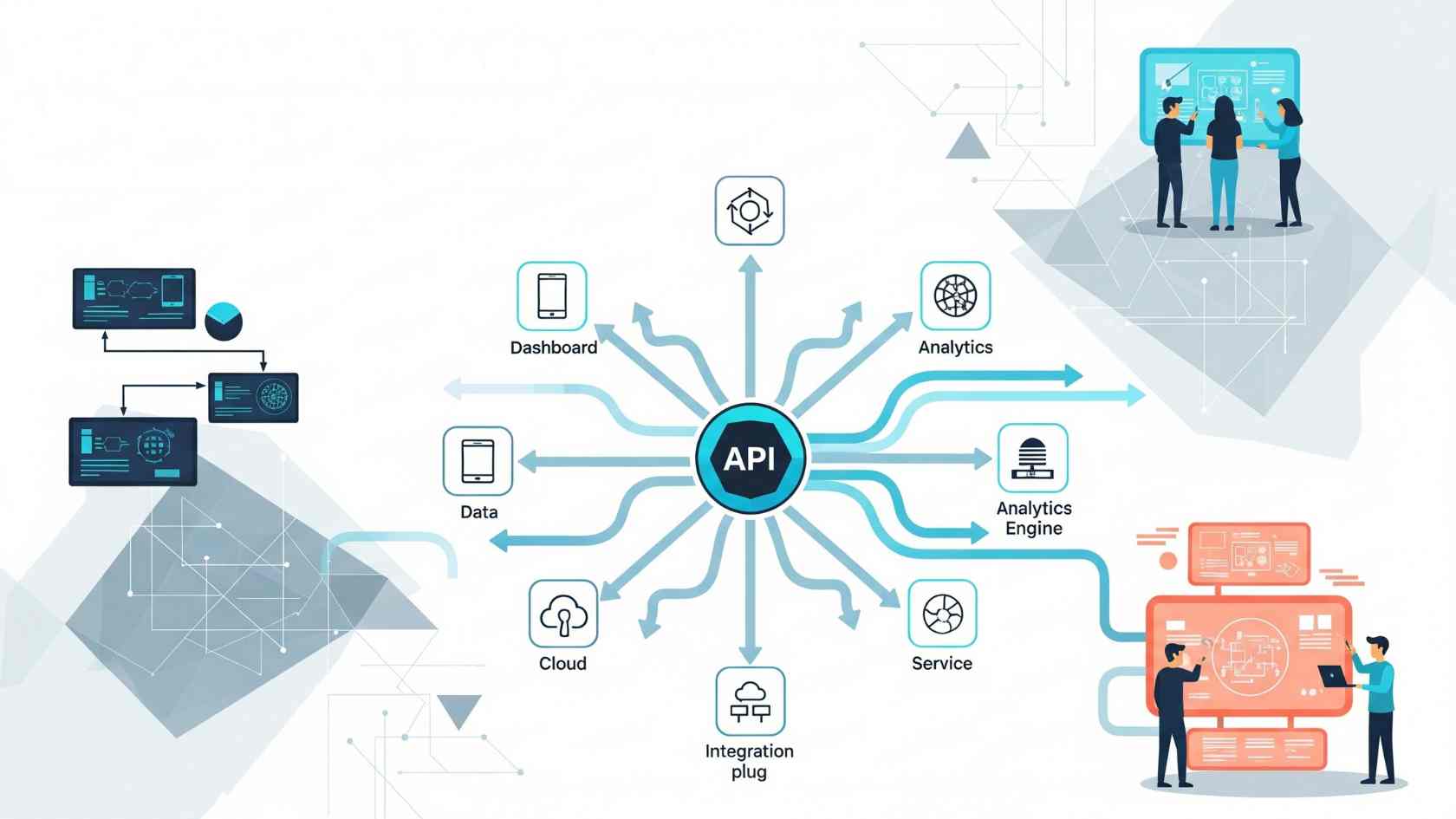
SaaS scalability requires more than just server and storage expansion. The system must maintain its speed and reliability when user numbers rise. API-first planning allows for scalability by dividing system responsibilities into specialized services that use standardized interfaces for communication.
Compoetnet separation helps development teams in working at high speed because they operate independently from each other. The product remains intact because different teams can work separately on user analytics and authentication improvements. The system enables effortless connections between the SaaS product and third-party tools, which allows customers to link their workflows.
Expanding across mobile, desktop, and IoT channels becomes essential for SaaS businesses that aim to grow their customer base. An adequately designed API layer enables backend systems to operate different front-end interfaces through a single codebase without requiring additional development.
The Key Benefits of an API-First Approach
API-first architecture delivers its main advantages during the initial stages of development. Team members can shorten their development time using existing APIs instead of creating new solutions from scratch for each project. The design contract between services ensures product consistency because all services operate under the same rules.
The system becomes easier to scale because of this approach. The application remains stable because individual features or microservices can scale independently without requiring the entire system to expand. The system can better perform while minimizing costs and system downtime.
An advantage to this approach is that it leads to expanded development. A SaaS product becomes a platform when its APIs are publicly available. This allows developers to create extensions, integrations, and applications. The platform extension through API exposure increases user satisfaction and generates additional revenue streams.
API-First in Content and Delivery
Headless content management systems (CMSs) demonstrate API-first principles through their practical implementation. The early versions of WordPress and Drupal platforms linked content development to the presentation layer of the front-end interface. A headless CMS divides content creation and storage functions from the presentation layer.
A headless CMS provides content access through APIs. This allows for multiple channels to use the same information without requiring duplicate content. This system can display the same content on websites, mobile applications, and digital displays without additional work.
Contentful headless CMS examples include the following. Strapi functions as an open-source solution that provides customization. Brightspot is a hybrid CMS that supports traditional and headless deployments through its powerful REST and GraphQL APIs. The separation of content management from presentation through these platforms helps teams to achieve faster work speeds, global scalability, and technology adaptation.
Your system becomes flexible when you construct it around APIs. The core backend remains unchanged. You can update front-end experiences and implement new interfaces for future technologies.
Challenges and Considerations When Adopting API-First
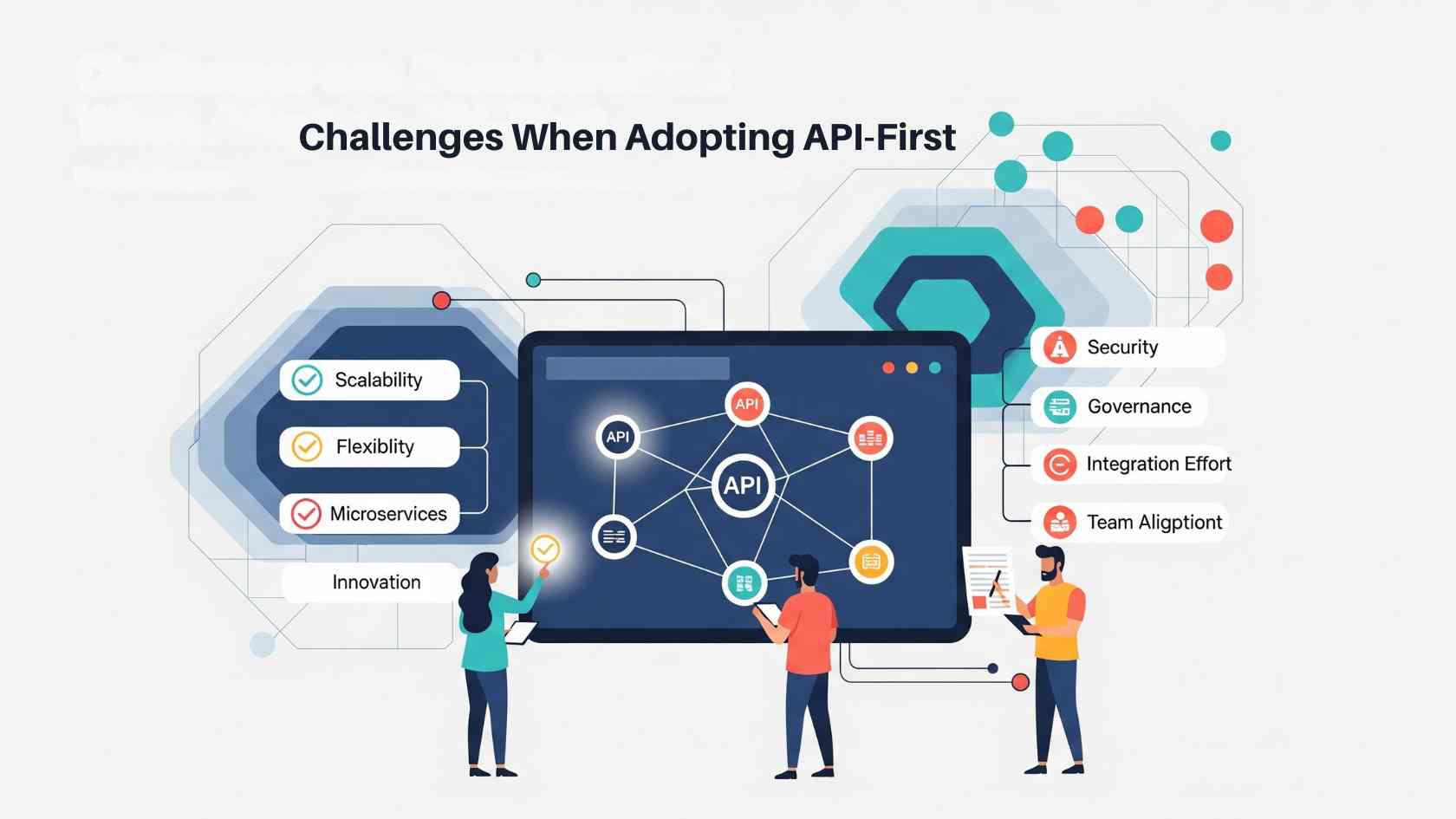
API-first technology provides substantial benefits yet creates additional operational difficulties. The process of building stable APIs with proper documentation needs thorough strategic planning. Services that lack proper governance face problems with inconsistent endpoints and versioning issues when they undergo development changes.
Security remains a significant issue to address. The exposure of API endpoints creates potential security risks. Because of this, authentication measures, encryption protocols, and rate-limiting systems should be implemented. The success of API-first depends on teams monitoring systems and analytics tools that track performance, identify failures, and keep service reliability.
API-first does not eliminate complexity but shifts it to the design stage, where teams can handle it better. Organizations that dedicate resources to documentation, version control, and API management solutions achieve success through this method.
Real-World Success Stories
Slack, Shopify, and Stripe achieved their success through API-first development methods. The companies achieved ecosystem growth through their commitment to creating dependable and straightforward integration systems.
The app directory of Slack functions successfully because developers can create new features through its API interface. The Shopify merchant base relies on API-based applications, which enable them to personalize their store operations. Stripe evolved from a basic payment system into the fundamental structure of worldwide e-commerce through its well-documented APIs, which developers could utilize to build new applications.
API-first architecture enables product development into scalable platforms according to the examples presented in this paper.
Best Practices for Building Scalable SaaS with API-First
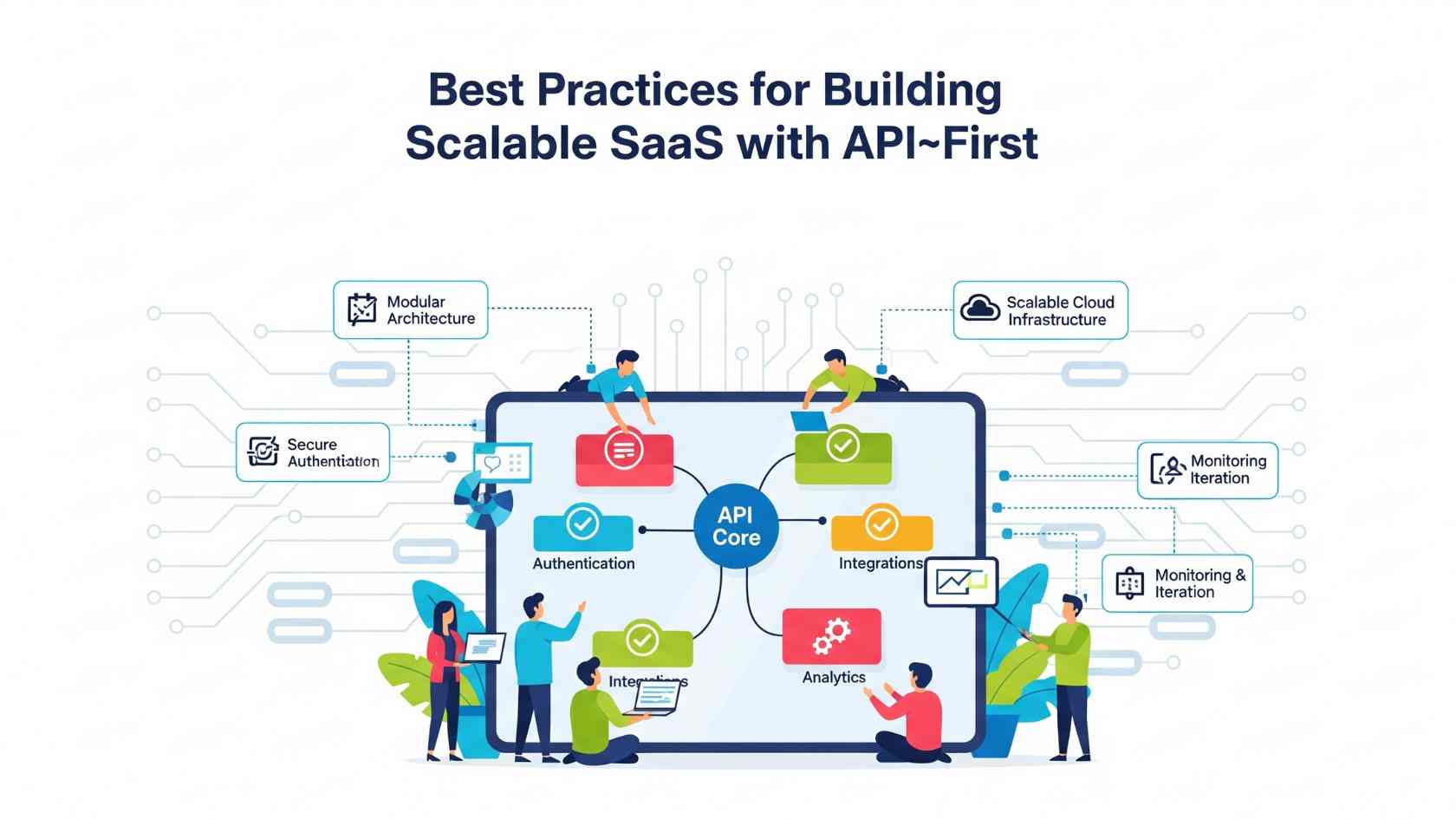
SaaS teams must start their API-first design implementation by creating API definitions before coding begins. Swagger and OpenAPI enable collaborative API development, which ensures backend engineers and product managers maintain service interaction standards.
The combination of detailed documentation and standardized naming practices helps prevent future misunderstandings. The maintenance of backward compatibility is crucial because any minor API changes will damage integrated systems unless proper management exists. An API gateway provides additional management capabilities, which enable teams to enforce security measures, rate limits, and collect analytics data for all endpoints.
The main factor for achieving success depends on maintaining proper alignment between teams.
Every team member must recognize that the API functions as the main product. The development process remains customer-focused while achieving scalability through this approach.
The Future of API-First SaaS
API-first architecture will become essential for SaaS businesses because the expanding digital ecosystem requires integration as a standard feature. Developing composable architectures, micro-frontends, and serverless computing depends on APIs as their fundamental connection system.
API technologies such as GraphQL and gRPC introduce speed improvements and flexibility to API systems, which result in enhanced user experiences with personalized features. The digital ecosystem’s ongoing convergence will make integration the standard requirement instead of an advanced feature.
Also Read: Boosting SaaS Workflow Efficiency with Privacy-Focused Infrastructure
Conclusion
API-first architecture serves as a design approach that enables developers to construct SaaS platforms that are both resilient and scalable. The initial design of APIs enables teams to achieve faster adaptation and more intelligent scaling while developing products that seamlessly connect to existing user tools.
API-first thinking has established itself as a new approach for building software systems that will endure through time, just like the headless CMS transformed content delivery. SaaS businesses must place APIs at their core because this approach delivers architectural excellence and business success in our interconnected world.

